There’s a lot more than momos to eat in this mountain state. From wild greens to millet brews, here are six food items you must try

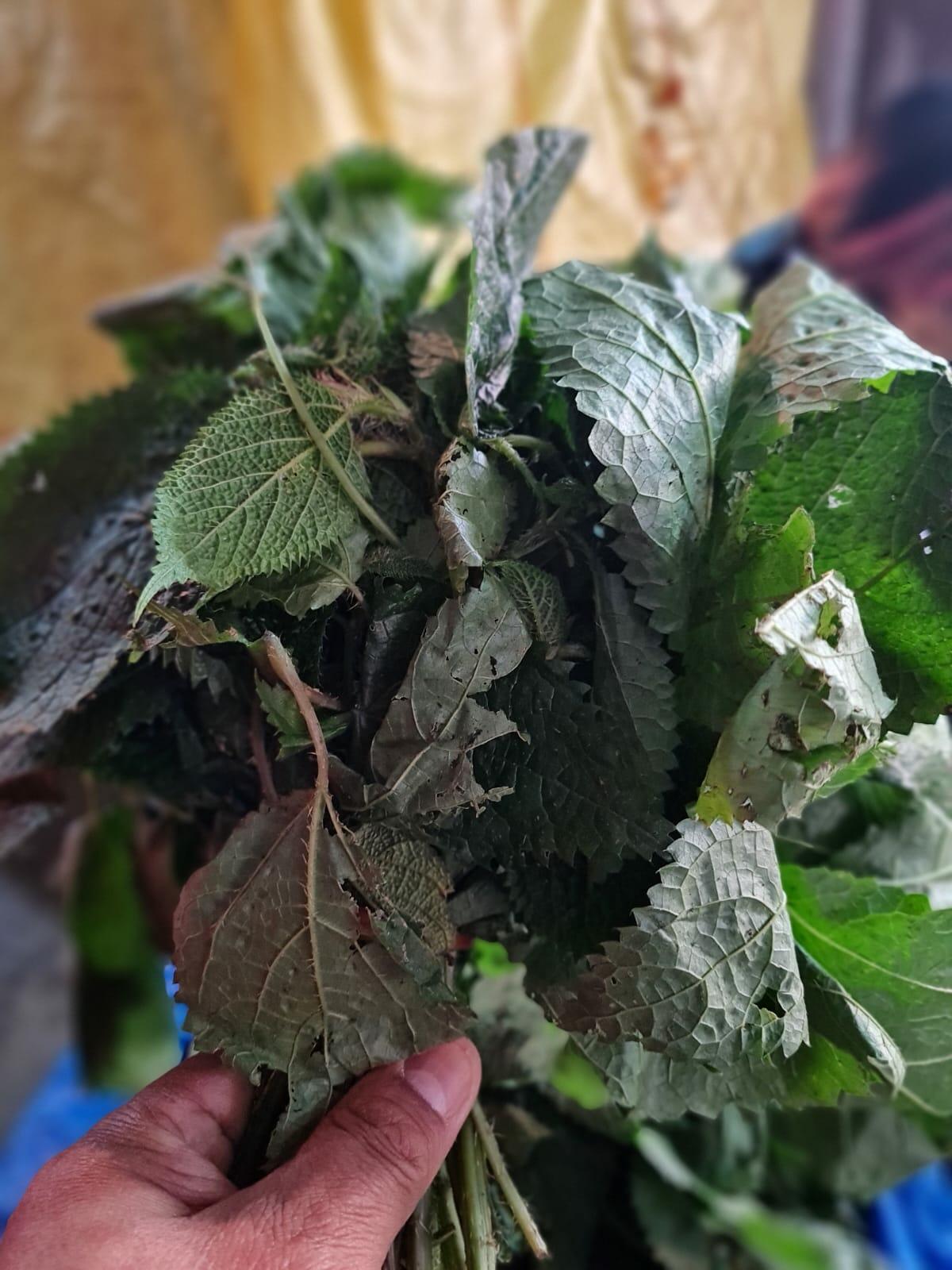
This small landlocked state in the Northeast offers a large variety of foods influenced by Nepali, Tibetan and Lepcha cuisines. While most of us are familiar with momos and thupka – a staple in these mountainous regions, there’s a lot more to be discovered. Made with minimal spices and oil, locals rely on seasonal and indigenous leafy greens and vegetables such as ningro (fiddlehead fern), nakima (wild orchid flowers), ruk tamatar (tree tomato) and stinging nettle leaves that often grow wild. Meats (beef, pork, mutton and chicken) are a regular feature at most meals as are millet based breads and brews. Here is a list of six food items that you must try next time you visit Sikkim.
Gundruk
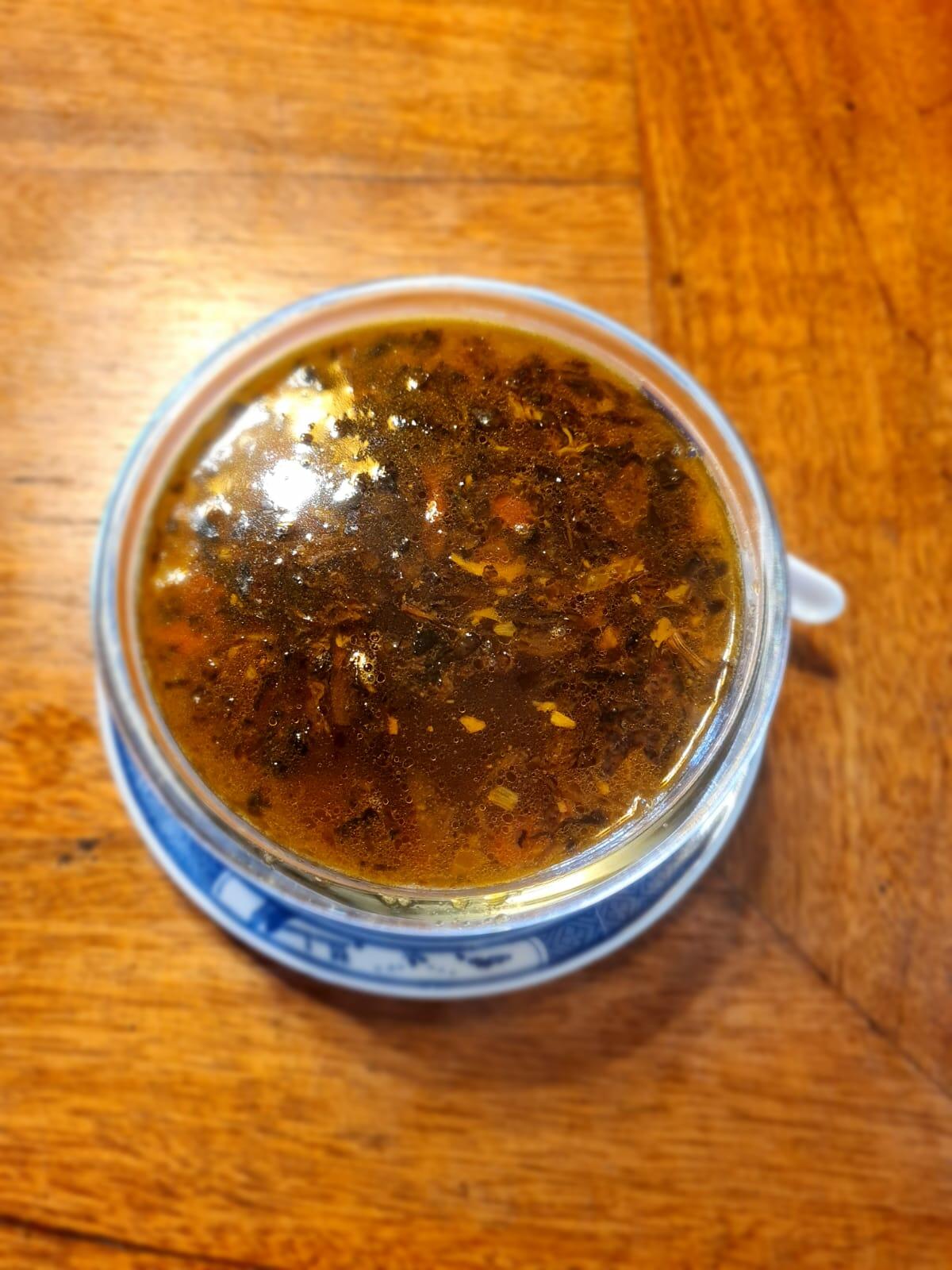
Packets of dried and fermented mustard greens (gundruk) or radish greens (sinki) are a common sight across local markets in Sikkim. These leaves are collected, cleaned then pounded and stored in airtight jars or bags and left underground for a fortnight or so to ferment. A staple item found in most households in Sikkim, gundruk is used to make soup or pickle. Thendup Tashi, owner of Yangsum Heritage Farm in Rinchenpong, says, “We make a nutritious soup with the gundruk. It needs to be soaked in water for a few minutes and then drained. After sautéing some onion, ginger, garlic, tomatoes and chillies, we add the leaves and cook it for a bit. Then add boiling water and let it simmer for some time.” With a slight tang to it, the leaves have probiotic properties and are also used to make pickle.
Wild greens
According to Thendup, many locals forage for seasonal leafy greens such as stinging nettles, nakima and ningro (fiddlehead ferns) that typically grow wild. While nettles are typically made into a light broth called socha which is made with or without meat, ningro is usually had as a stir fry mixed with chhurpi (a local cottage cheese). According to Thendup, nakima – belonging to a species of wild lily – typically blooms between September-November and is sold for Rs 400 per kg. It’s usually stir fried with chhurpi or chicken or beef and has a slightly bitter undertone.
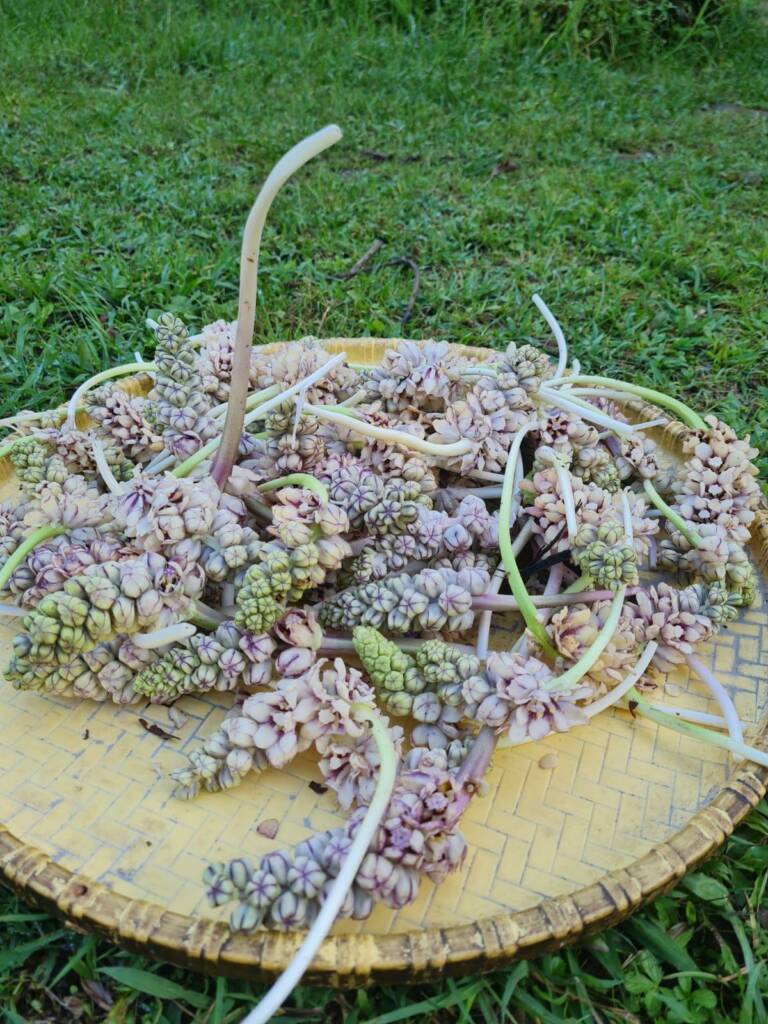
Kinema
Kinema – fermented soybean – has a sticky texture and a pungent aroma which may put some off but it’s a much-loved food in Sikkim. This plant-based protein is typically made into a curry and eaten with rice. An affordable alternative to meat, the grey tan coloured kinema is found in most markets and is cooked into a simple curry by sautéing some onions, tomatoes and chillies. To this, fresh kinema is added along with salt and turmeric powder. Little water is added to make a thick curry. Sometimes leafy vegetables are also added to the curry.
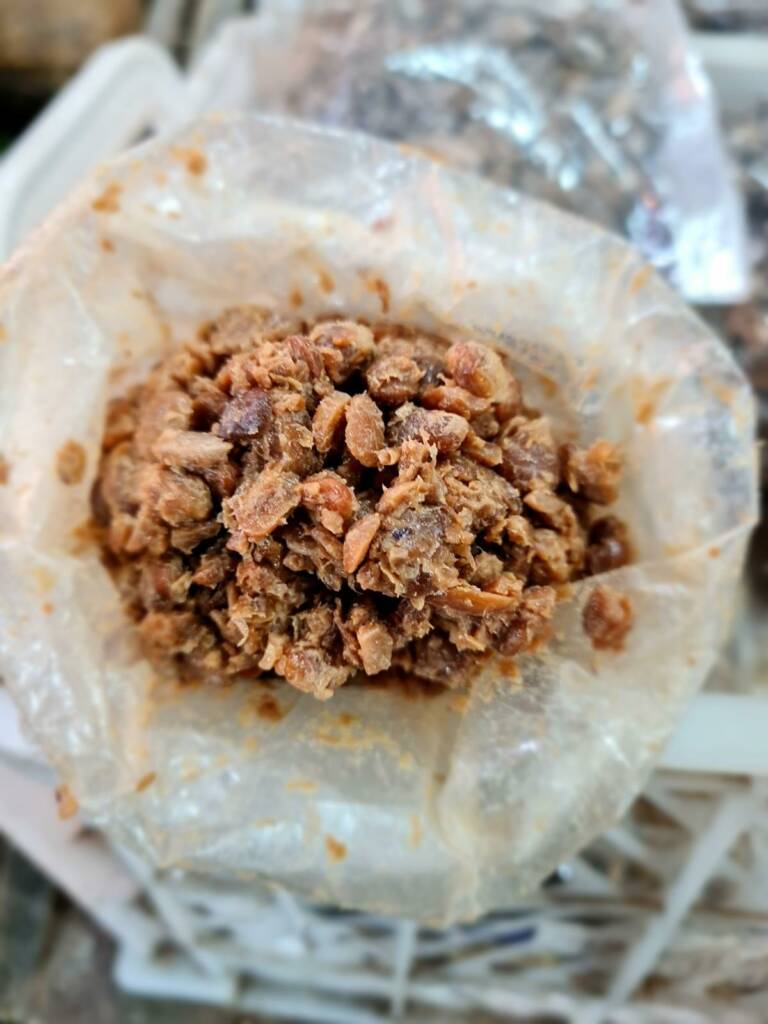
Sel roti
This deep-fried bread in the shape of a ring is typically relished with aloo dum (potato curry) but is equally great with a hot cup of tea. Rice is soaked overnight and then ground into a thick dosa-like batter flavoured with cardamom and cloves as well as some sugar. A staple among the Nepali community, this sweet bread is usually made during festive occasions.
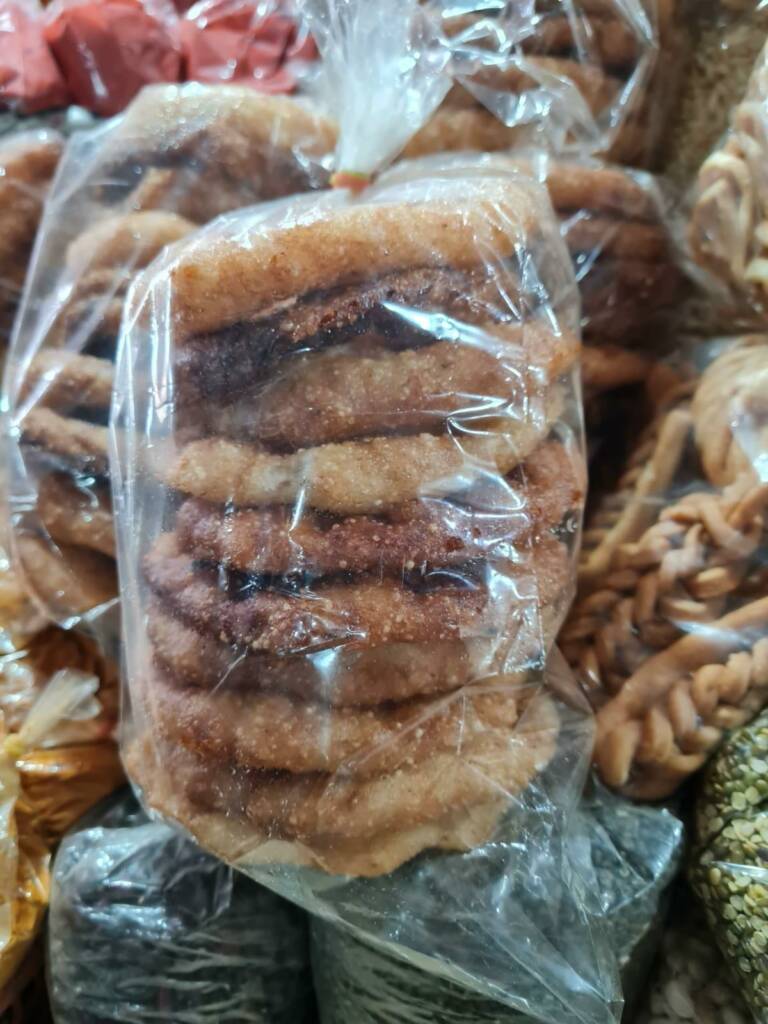
Sha phalay
A popular Tibetan street food, sha phaley or shabalay are deep-fried chicken, beef or veg pockets. Sha means meat and balay means roti. Minced meat is combined with cabbage, onions and garlic, stuffed into maida-based wrappers, shaped into semi circles and deep-fried.
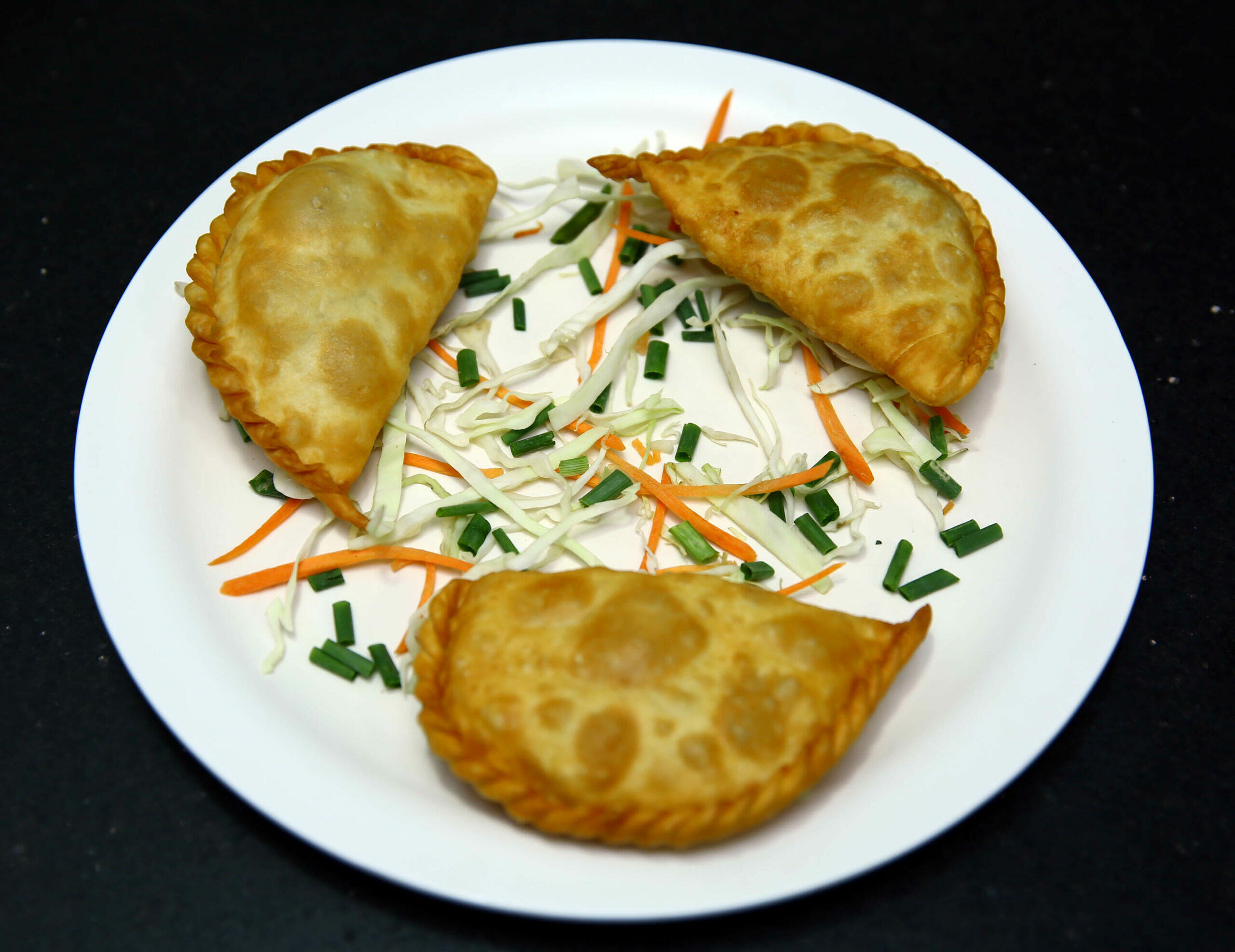
Chhaang
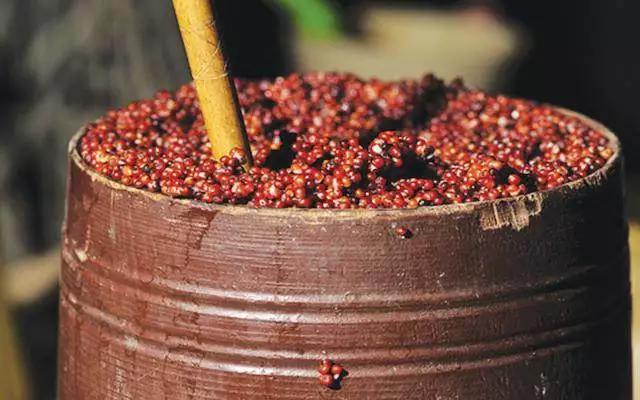
For those who would like a taste of the local brew, don’t miss out on chhaang – a fermented millet alcoholic drink. Served in bamboo mugs, warm water is poured over fermented millet and you can sip the earthy sweetish brew through a wooden / bamboo straw. According to Thendup, some brewers make chhaang with a mix of millets and wheat or corn as well.


